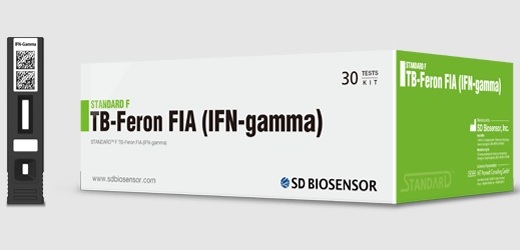Blood Levels of Ebola Virus Are Predictive of Death
By LabMedica International staff writers
Posted on 14 Dec 2015
Currently, most treatments used in Ebola treatment centers (ETCs) rely on supportive care, but several experimental therapies are being assessed for Ebolavirus disease (EVD) following promising in vitro and limited in vivo findings. Posted on 14 Dec 2015
The relationship between patients’ viremia or viral load and their probability of death has been assessed and how this relationship may be used to explain temporal trends in reported case fatality rates (CFRs) and inform different treatment study designs has been investigated.

Blood Levels of Ebola Virus Are Predictive of Death
Scientists from the Institut Pasteur (Dakar, Senegal) and their international colleagues used laboratory, clinical, and demographic data for 699 patients with confirmed EVD hospitalized in the Conakry area of Guinea between March 2014 and February 2015 to model the association between viremia and CFR. A blood sample was collected from all suspected EVD patients, and a real-time reverse transcriptase polymerase chain reaction (RT-PCR) test was performed systematically. If the test is positive, the case was confirmed. Viremia was derived from the Ct value obtained for each sample tested.
The team found the CFR for patients with low, intermediate, and high viremia was 21%, 53%, and 81%, respectively. Compared to adults age 15 to 44 years, children under 5 years old and adults 45 and over had higher CFR, but children aged 5 to 14 had a lower CFR. They also noted that when the average viremia increased tenfold in July 2014, CFR increased as well, by 14%. The authors caution that these findings may not translate to cases outside the hospital setting. By knowing the relationship between viremia and CFR, doctors will be able to more accurately assess the efficacy of treatments for EVD in nonrandomized trials, and by stratifying participants by viremia group the investigators estimate other scientists will be able to reduce the sample size needed for randomized trials by 25%.
The authors concluded that in a very large and consecutive sample of patients with confirmed EVD, they have shown that viremia is a strong predictor of death that may in part explain previously observed heterogeneity in CFR estimates. Viremia may also provide an important mechanism for risk adjustment among patients in studies aiming to estimate associations of treatment with outcome, and a mechanism to stratify patients into different risk groups within clinical trials. The study was published on December 1, 2015, in the journal Public Library of Science Medicine.
Related Links:
Institut Pasteur














